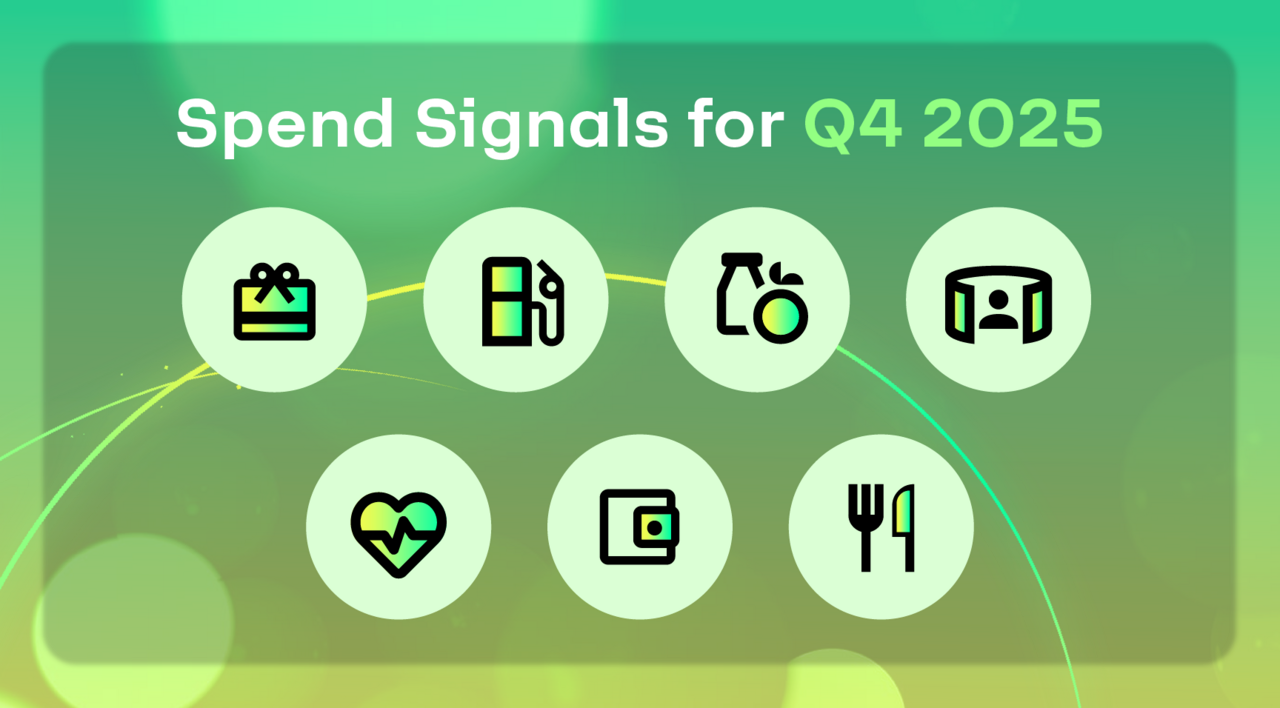The modern payments industry is changing at a breakneck pace. In a world now defined by digital value and remote work, the methods, mediums, and types of payouts now rarely conform to dated payment platforms.
Today’s growing B2B brand must embrace modern payment systems to ensure success, including those that support both push and pull payments. Failure to choose an effective platform may result in slower payment processes or inefficient value transfers with expensive conversion fees.
In this guide, we explore the differences between push and pull payments and how they work on B2B payout platforms. After exploring each of their pros, cons, and definitions, we explain why companies need both to support growing transaction volumes.
Contents
- Push and pull payments defined
- What are push payments?
- The pros and cons of push payments
- The pros and cons of pull payments
- Why you need both push and pull payments for your payouts platform
- How to collect push and pull payments with Runa
Push and pull payments defined
You can think of push and pull payments like opening the front door of a business. While the method of getting into the business always stays the same, it’s the entity opening the door that defines the type of interaction.
Push payments mean customers must ‘push’ open the door to initiate the action.
Pull payments mean your business is ‘pulling’ open the door and initiating action, so customers can transfer money.
Let’s look at these definitions in greater detail.
What are push payments?
Push payments are transactions initiated by the customer. The customer has full control over the transmission of funds, and must initiate the transaction by authorizing the withdrawal of money from their accounts. Unlike pull payments, which are initiated by payees first, the payer has full control over their initiation of payment.
A few examples of push payments include:
- Cash — Physical money is the quintessential example of customer push payments. With cash, customers physically pass over the amount of money they want to give a business. They are in full control over how much they give — the business must handle delivery of change and the receipt.
- Bank transfers — Thousands of businesses all over the world accept bank transfers as a form of push payment. Customers enter their information, confirm their payment details, then authorize a certain amount of money to transfer from their accounts to a specified business.
- Standing orders — Standing orders are simply scheduled bank transfers made from one account to another. Customers using standing orders can set up regular bank transfers to pay for your products or services on a weekly, monthly, or customized cadence. These are quite common examples of push payments for B2B subscription services.
The pros and cons of push payments
Push payments create a sense of confidence for both customers and businesses alike. Customers can enjoy better control over their spending, while businesses can optimize each transaction for speed and security. However, push payments may also be more prone to inaccuracy, lateness, and human error, leading to stressors for the business and the customer.
Push payment pros
- Confidence — Customers feel a sense of trust in knowing their card won’t be charged without their knowledge. They may feel more comfortable doing business with your company since they can protect their banking details from third-party tools. As consumer demand more control over their spending experiences, so too must businesses keep up the pace of development.
- Security — Speaking of protecting banking details, push payments protect customers from sharing sensitive account numbers through unnecessary third-party software. This leads to fewer security related concerns for both companies and customers, as 80% of organizations surveyed in 2023 experienced a data breach caused by a third-party vendor.
- Clarity — Customers have full control over push payment transactions and know how much they’re paying from the beginning. This may lead to better satisfaction from customers and fewer instances of refunds or unhappy post-purchase reviews. Approximately three in four customers say business transparency is important to them, and research shows they are willing to pay more — 11% of the service price — for a provider that offers pricing transparency.
Push payment cons
- Low accuracy — Human error is an unavoidable part of the payment process, and may invite accidental mistakes on the part of the recipient. Clients may unwittingly enter incorrect numbers or details, which leads to frustration and poor experiences during the payment process. Since human error in manual data entry hovers between 1% and 4%,there’s a chance you may experience one to four payment errors per 100 customers — no small number for growing brands.
- Delays — Inaccurate data or mistyped information can slow the payments process to a crawl. Other side effects of push transactions, including holidays and time zone delays, could push back transactions for several days. These days, a substantial 84% of companies face payment delays related to data quality errors and slow payments.
- Payee risk — Push payments place a great deal of trust in the customer to pay off debts before receiving goods and services. Plus, there’s always a chance the payer could knowingly enter false information and defraud your company out of thousands of dollars.
What are pull payments?
Pull payments are transactions initiated by a business. The business has full control over the acquisition of funds, and must initiate the transaction by instructing customers to send money through a bill or invoice. Unlike push payments, which are initiated by payers first, the payee has full control over the initiation of payment.
You will likely see pull payments fall into one of three categories:
- Direct debits — Sometimes referred to as ‘auto-pay,’ direct debits allow customers to authorize the transmission of funds from their bank account to a business. Unlike bank transfers or standing orders, it’s the business — not the customer — that has control over the transaction process.
- Card payments — While you may be tempted to think of a card payment as a form of cash, swiping a debit or credit card is technically a pull payment. The customer simply presents their banking details to the business in question. Then, the organization pulls a payment from their account within one to three days, which is otherwise known as the settlement process.
- Check payments — Check payments, like cards, are often misclassified as push payments. However, presenting a business with a paper check is the same as swiping a credit or debit card. A business simply collects the customer’s banking details and ‘settles’ it three days later using the information provided.
The pros and cons of pull payments
Pull payments put the power of transaction back into the hands of the business. However, brands must be prepared to handle slower processes and complex development cycles, as well as potentially mitigate more extensive payer risks.
Pull payment pros
- Business control — Maintaining control over when customers pay your business can help to ensure a positive cash flow. Since you can predict the exact date or time the customer’s money reaches your account, you can make better and more informed decisions for your business in the future.
- Reduce human error — Businesses that rely on pull payments rather than push payments can reduce human error with the help of automation. Research finds B2B payments automations can be a key solution for reducing human error while reducing delays and minimizing issues resulting in expensive mistakes.
- Accommodating — The vast majority of modern customers choose to pay via pull method systems. Today, 54% of consumers use a physical or virtual debit card to make payments, while 36% choose to use physical or virtual credit cards.
Pull payment cons
- Complex development — Building a customized piece of software to perform pull payments may be more involved than push payments alone. Businesses must think carefully about security measures and third party partners, or risk losing valuable customers to data breaches or confusing processes. In a recent study, 81% of customers said they would stop shopping with a retailer after a personal data breach.
- Slower process — Pull payments require an extra step for customers to authorize the release of their money to a company. This means it can take several hours or even days for money to reach your account. Remember: the average settlement period for card amounts ranges between one and three days. Plus, the time it takes to perform a bank transfer can take up to 24 hours within a domestic area.
- Payer risk — Unlike push payments, which introduces payee risks, pull payments create substantial payer risks for customers submitting their banking details. They may fail to provide accurate information, resulting in mistakes or possible fraud. Inaccurate data may also lead to bounced checks or overdrafts, which may lead to upset customers.
Why you need both push and pull payments for your payouts platform
It’s clear both push and pull payments have their own advantages and disadvantages. However, it’s no longer enough to rely on one form of payment over the other. In an evolving world of digital value and heightened demands from customers, refusing to implement both push and pull payments may risk losing both customers and revenue.
The statistics are clear:
- A whopping 42% of US customers say they would give up a purchase if their favorite payment method isn’t available. This has significant implications even outside the United States, as 70% of US consumers shopped abroad in 2021.
- Customers don’t want to feel forced into using one or two different payment types. Many need flexibility and adaptability to make purchase decisions, without which buyers may not proceed to checkout. Studies show small businesses offering multiple ways to pay for goods have 30% higher revenues than businesses that do not.
- Push and pull payments both carry implicit risks. With push payments, customers may accidentally answer false information or take a long time to submit payment details. Pull payments may result in messy situations such as bounced checks, which lead to frustrated customers and restricted revenue for your business.
- However, using push and pull payments at the same time may help to mitigate financial risk. By offering flexible, secure, and adjustable methods of payment, you can combine the strengths of each method to protect yourself and your customers while minimizing the cons. Flexibility, when used correctly, is known to decrease risks in a business environment.
For all these reasons and many more, you need to acquire a payment platform that offers both push and pull payments in the markets you serve. And for hundreds of businesses all over the world, that payment platform is Runa.
How to collect push and pull payments with Runa
Runa can help you develop digital value infrastructure to support both push and pull payments. You can use our built-in payouts and global network systems to send and receive money to customers all over the world. However, if you need more customization options, you can use the Runa API to develop a solution of your own.
It doesn’t take much to implement push and pull payments with Runa’s intuitive platform. Whether you’re looking to make mass payouts or sell on-brand customized gift cards, you can rely on our digital payments system to modernize your payout system.
It only takes a few steps to get your business working with Runa:
- Create your free Runa account. You can set up your payments system by directly connecting with the Runa API, or use the pre-built Runa Portal to get started with push and pull payments right away.
- Next, you can connect your account to more than 18 currencies and 1,300+ payout types. Then, you can fund your account from 190+ countries, so customers can receive payments the way they prefer — including gift cards, cryptocurrency, prepaid cards, and more. Our global payouts link is simple to navigate and available in 16 languages.
- You can manage your push and pull payments from a single integration. No more hunting around for reports or creating complex solutions for disparate systems. Instead, you can rely on our rich, real-time data reporting systems to make informed decisions about incoming and outgoing funds.
If you’re interested in learning more about Runa and how it can revolutionize your push and pull payments, you can sign up for free and get a complimentary account to get started right away.
Not sure that you have the right information to get started? Our team is standing by to help. We would be happy to walk you through the specifics of our platform in a comprehensive one-on-one demo.



